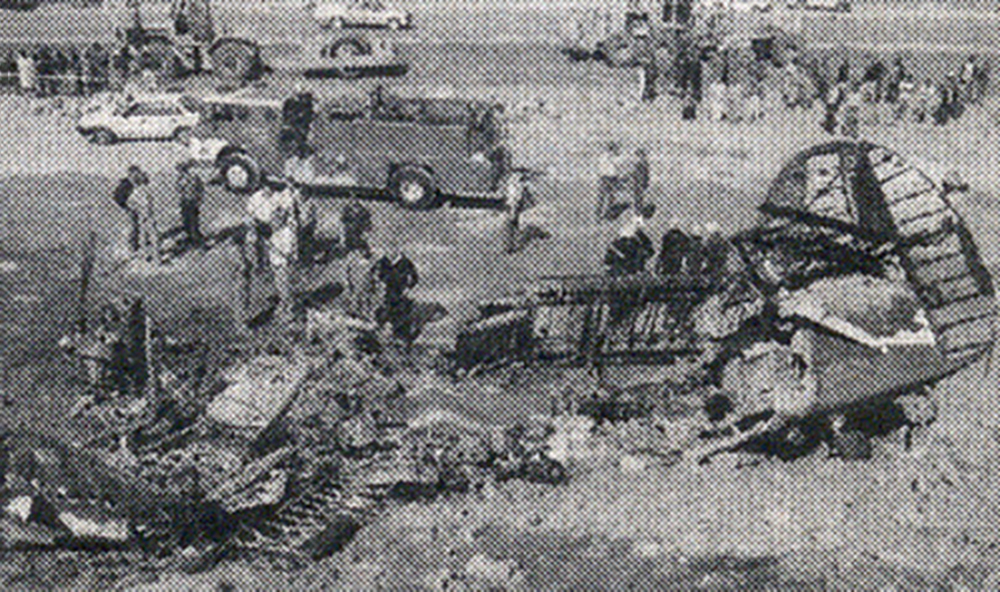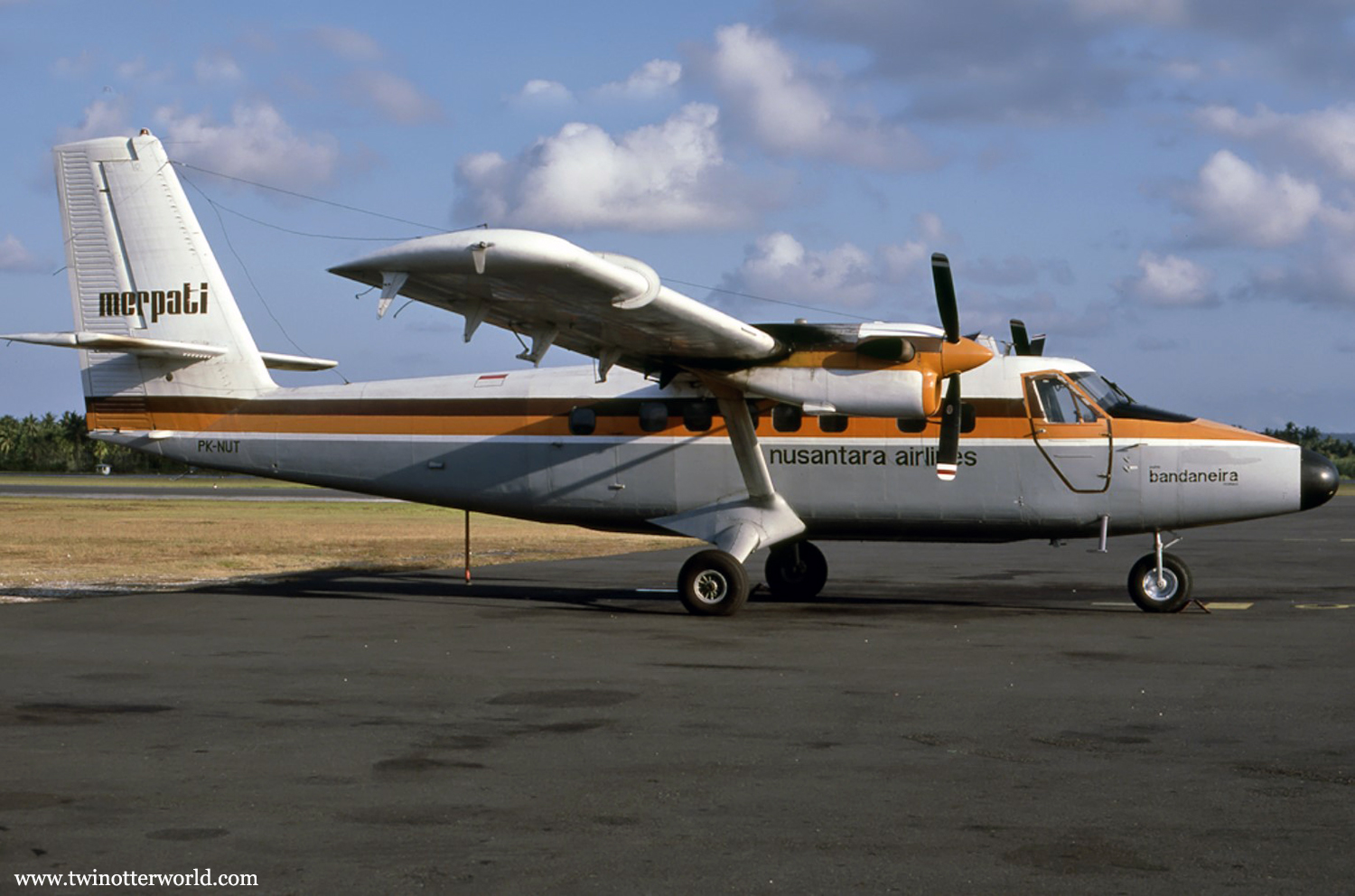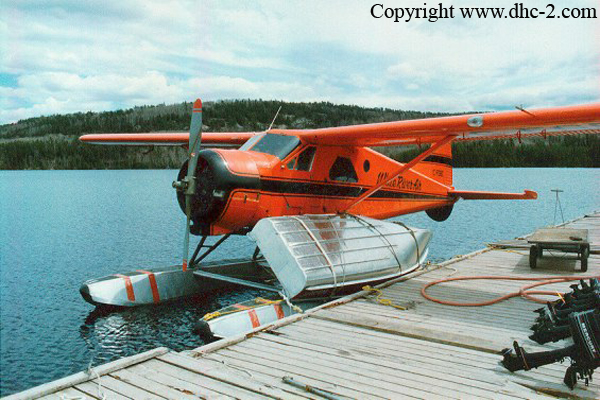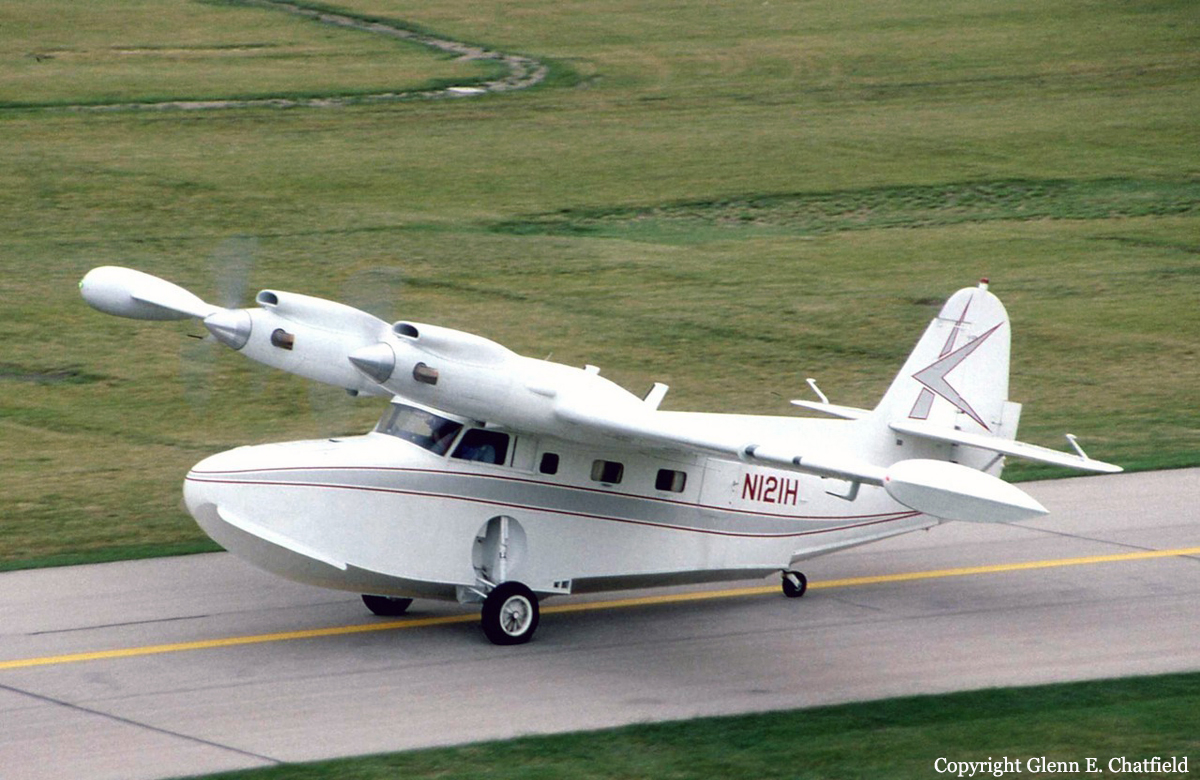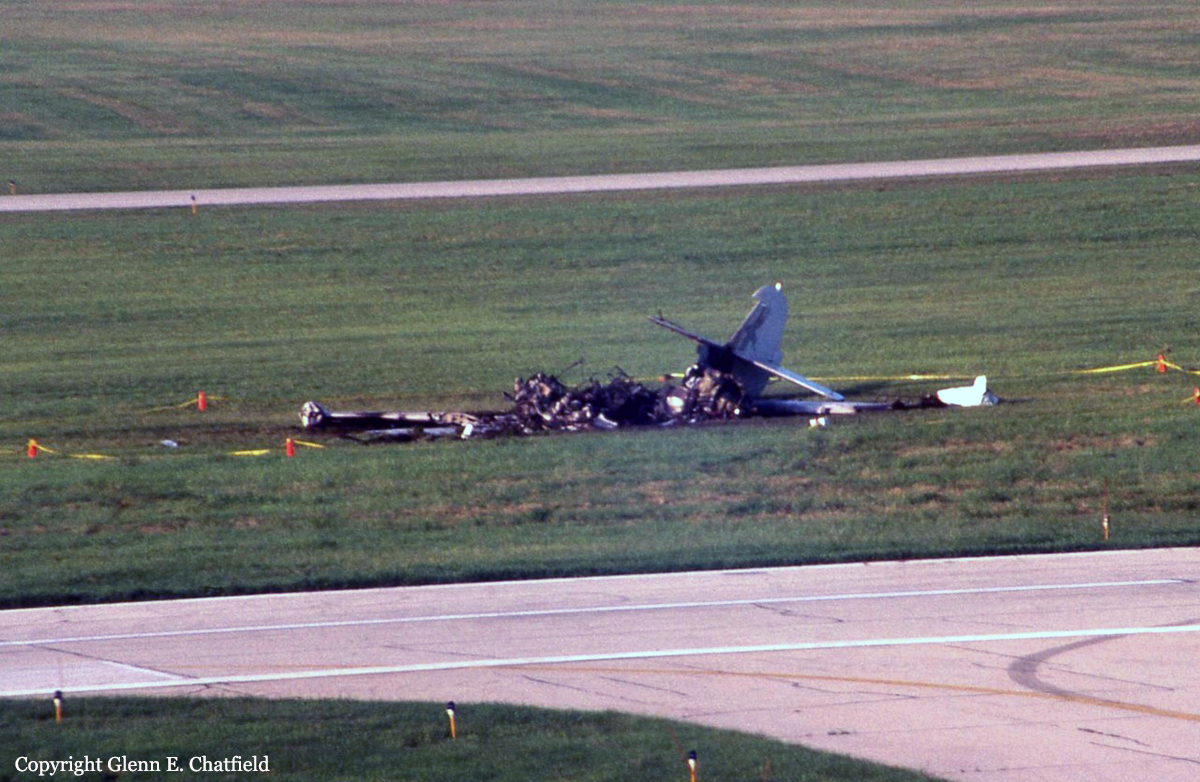Crash of a PZL-Mielec AN-2R in Mezhdurechensky
Date & Time:
Aug 10, 1995
Registration:
RA-40371
Survivors:
Yes
Schedule:
Mezhdurechensky - Uray
MSN:
1G222-50
YOM:
1987
Crew on board:
2
Crew fatalities:
Pax on board:
23
Pax fatalities:
Other fatalities:
Total fatalities:
0
Circumstances:
Shortly after takeoff from Mezhdurechensky Airport, while on a forest patrol flight to Uray, the engine did not have sufficient power and the aircraft was unable to gain sufficient height. It struck power cables, stalled and crashed 2 km from the airfield. All 25 occupants were injured, four of them seriously, and the aircraft was damaged beyond repair.
Probable cause:
It was determined that 23 passengers, among them 10 children, embarked illegally, and the crew decided to take off despite the total weight of the aircraft was well above MTOW.


